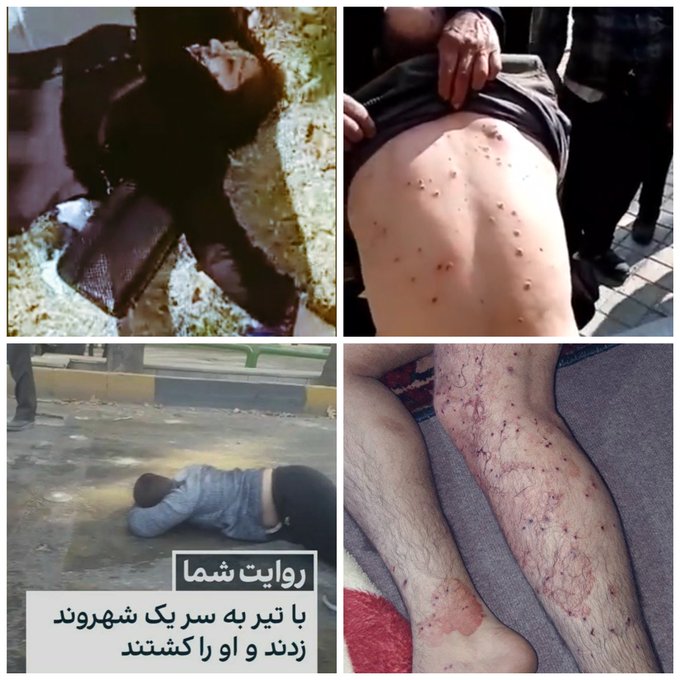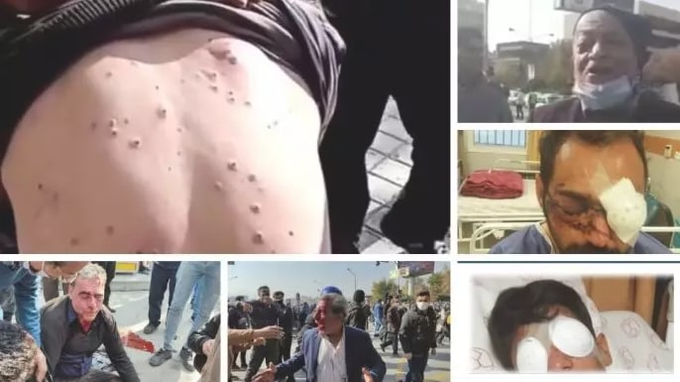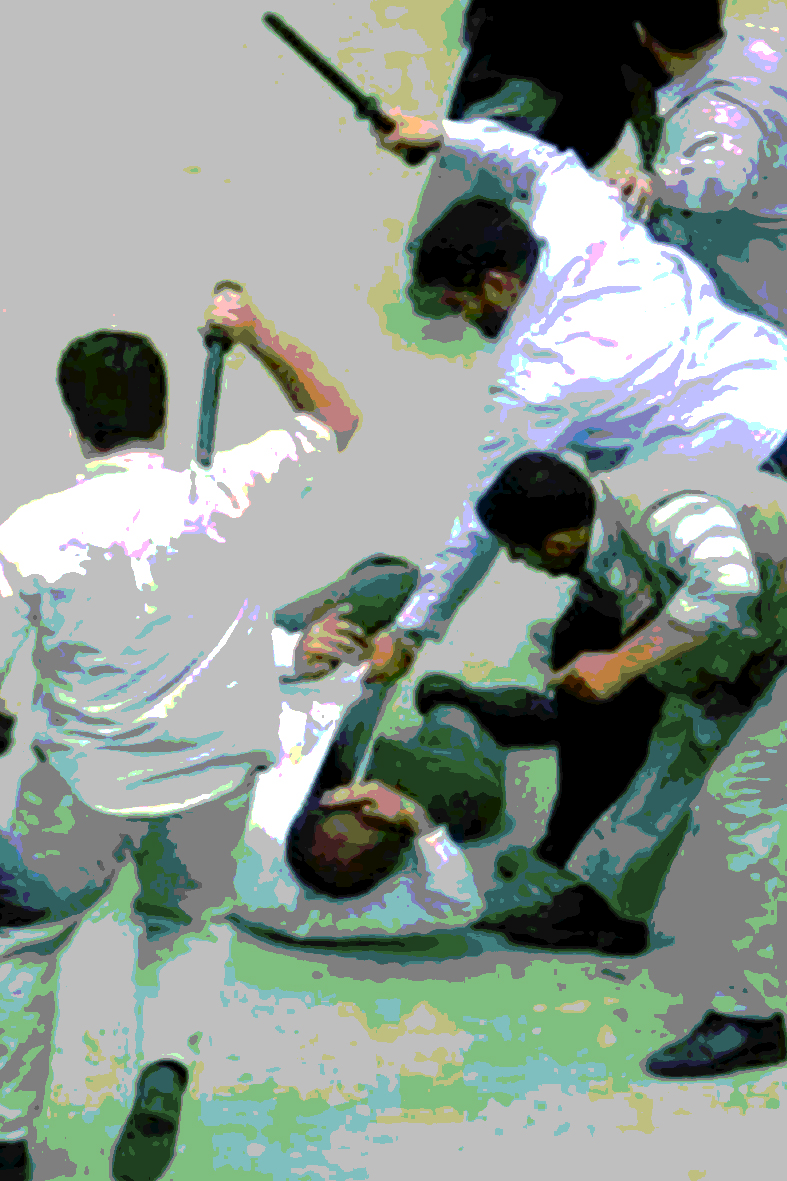For 16 days, the people of Isfahan protested the drying up of the Zayanderud River. Lack of water and lack of access to historical waterways, as well as the evaporation of the Zayanderud and Gavkhouni wetlands have destroyed Isfahan’s ecosystems. The development of industry in the city has even caused soil subsidence and threatened various buildings. In short, the water crisis is the result of the deliberate destruction of the environment.
The protests against these fundamental issues and the basic right to life have been met with gunfire and tear gas. According to official statistics from the Isfahan police force, more than 67 people have been arrested in these rallies. However, unconfirmed reports put the number of detainees at more than 260. More than 30 protesters were injured in the eye and some have lost their eyes. Among these people are 15 and 16 year old teenagers. Thirteen of the detainees are children. Security forces even evacuated the injured from the hospitals to the detention center.
It’s clear from the impact wounds that people have been shot at very close distance with shotguns, likely within 30 meters. These have been load with shells containing lead shot, which isn’t easily removed and can have irreversible effects to peoples health.

Of course, the security forces have used shotguns to suppress protesters before. During the protests known as Golestan 7, which started at midnight on February 5, 1996, bullets were used by the large presence of security forces around the house of Dr. Noor Ali Tabandeh, the Gonabadi dervishes’ hub. A number of citizens responded in solidarity with the injured protestors, by posting pictures of themselves on social media with their eyes closed, protesting against the violence of the security forces in the suppression and their use of weapons such as shotguns that caused irreparable damage to the protestors’ eyes.

What stood out most in these protests was the strong presence of women, who showed up to chant slogans and confront their oppressors, causing a great deal of concern and protest by religious extremists. As always, Iranian state-run news agencies have released their own images to discredit the images of the protesters’ horrific repression and the burning of their tents, linking them to people other than the security forces. One such image was of a woman in front of the camera saying “set fire to tents” and “provoked” farmers. He also staged a picture of a man talking in front of the camera. Of course, the circumstances under which these confessions were confiscated are not clear, and human rights organizations have repeatedly accused the Iranian government of disseminating forced and false confessions.
What was the reason for these protests? Various factors such as the drought of Zayanderud, mismanagement of the water crisis in Iran and protests against the Islamic Republic have been among the reasons and motives of the Isfahan protesters. In the summer of 2021 (1400), this year’s rainy season, rainfall in Iran reached about fifty percent of what it was a year ago, and 40 percent below the long-term average, making it one of the driest years in the last half century. In Eastern and South Eastern provinces such as Hormozgan, Sistan and Baluchestan, Fars, Kerman, Razavi Khorasan and South Khorasan, the drop in rainfall has been reported between 50 and 85%. On the other hand, in the western and southwestern provinces of Kurdistan, Kermanshah, Ilam, Lorestan and Chaharmahal and Bakhtiari, the decrease in rainfall is quite noticeable. Also, the temperature in the spring of 2021 (1400) was about two to three degrees higher than the long-term average of the country. This drought has caused crises in drinking water supply, agricultural production and electricity generation in Iran. ■
Written by a collective of Iranian comrades, edited by Organise.
You can keep up to date on twitter by following @Sanazactivist

